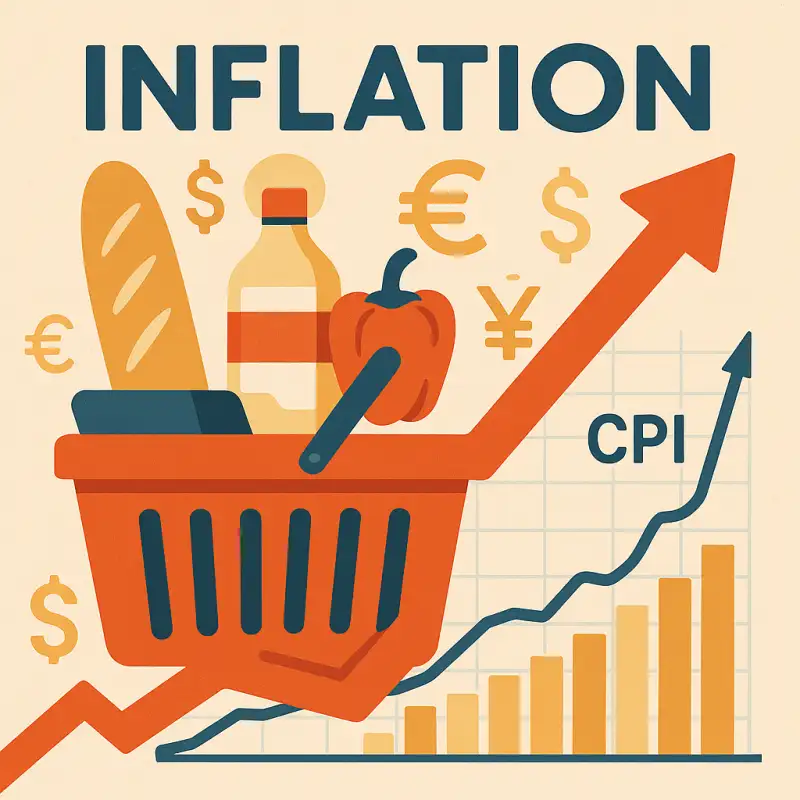How UPI is Killing AePS Service? - Digiforum Space
Share
Facebook X LinkedIn Tumblr Pinterest Pocket Skype Messenger Messenger Viber
AEPS and UPI
The Unified Payments Interface (UPI) has emerged as the dominant digital payment system in India, with a significant impact on the Aadhaar Enabled Payment System (AePS). UPI transactions have grown exponentially, reaching 7.82 billion transactions worth Rs 12.98 trillion in March 2023. In contrast, AePS transactions have declined from 1.26 billion in March 2022 to 1.06 billion in March 2023.
The Rise of UPI
UPI has become the preferred choice for small transactions and peer-to-peer payments, with its user base growing rapidly. The system’s success can be attributed to its ease of use, speed, and the fact that it is integrated with various bank accounts. As a result, UPI has become the de facto standard for digital payments in India, with a significant majority of transactions now being processed through UPI-enabled apps.
The Impact on AePS
AePS, on the other hand, is a payment system that allows users to make transactions using their Aadhaar cards. While AePS was initially designed to cater to the needs of the unbanked population, it has struggled to compete with UPI’s popularity. The dominance of UPI has led to a significant decline in AePS transactions, making it increasingly difficult for the system to sustain itself.
The Threat to AePS Viability
The decline of AePS transactions is largely attributed to the convenience and ease of use offered by UPI. As UPI becomes the preferred choice for transactions, AePS users are increasingly switching to UPI, leading to a significant decline in AePS usage. This shift has resulted in a loss of revenue for AePS service providers, making it challenging for them to maintain their operations.
The Broader Implications
The decline of AePS has significant implications for India’s digital payments ecosystem. AePS was designed to cater to the needs of the unbanked population, providing them with a means to access financial services.
The decline of AePS means that these individuals may be left without a reliable payment option, potentially exacerbating financial exclusion.
Furthermore, the dominance of UPI raises concerns about the concentration of power in the digital payments space.
The two largest UPI players, PhonePe and Google Pay, account for over 80% of UPI transactions, posing risks of systemic failures and monopolies. This concentration can lead to a lack of innovation and competition, ultimately harming the broader digital payments ecosystem.
Summary
The rise of UPI has significant implications for AePS and the broader digital payments ecosystem in India. While UPI has revolutionized digital payments, its dominance has led to a decline in AePS transactions, threatening the viability of this payment system.
It is essential for policymakers and regulators like NPCI and RBI to address these concerns and ensure that the digital payments ecosystem remains competitive and inclusive.
Copy URL URL Copied
Send an email 17/11/20240 127 2 minutes read
Share
Facebook X LinkedIn Tumblr Pinterest Pocket Skype Messenger Messenger ViberShare
Facebook X LinkedIn Tumblr Pinterest Reddit VKontakte Odnoklassniki Pocket Skype Share via Email Print





